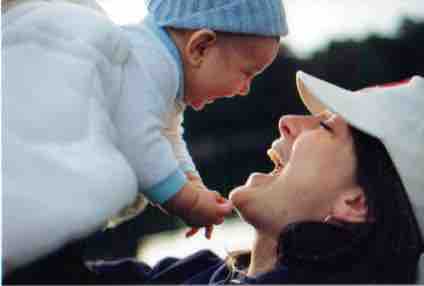Humans are social beings, and social interaction is essential to normal human development. Social deprivation occurs when an individual is deprived of culturally normal interaction with the rest of society. Certain groups of people are more likely to experience social deprivation. For example, social deprivation often occurs along with a broad network of correlated factors that all contribute to social exclusion; these factors include mental illness, poverty, poor education, and low socioeconomic status.
By observing and interviewing victims of social deprivation, research has provided an understanding of how social deprivation is linked to human development and mental illness. As they develop, humans pass through critical periods, or windows of time during which they need to experience particular environmental stimuli in order to develop properly. But when individuals experience social deprivation, they miss those critical periods. Thus, social deprivation may delay or hinder development, especially for children.
Feral children provide an example of the effects of severe social deprivation during critical developmental periods. Feral children are children who grow up without social interaction. In some cases, they may have been abandoned early in childhood and grown up in the wilderness. In other cases, they may have been abused by parents who kept them isolated from other people. In several recorded cases, feral children failed to develop language skills, had only limited social understanding, and could not be rehabilitated.
Attachment theory may explain why social deprivation has such dire effects for children . According to attachment theory, an infant needs to develop a relationship with at least one primary caregiver for social and emotional development to occur normally.

Maternal Deprivation
The idea that separation from the female caregiver has profound effects is one with considerable resonance outside the conventional study of child development.